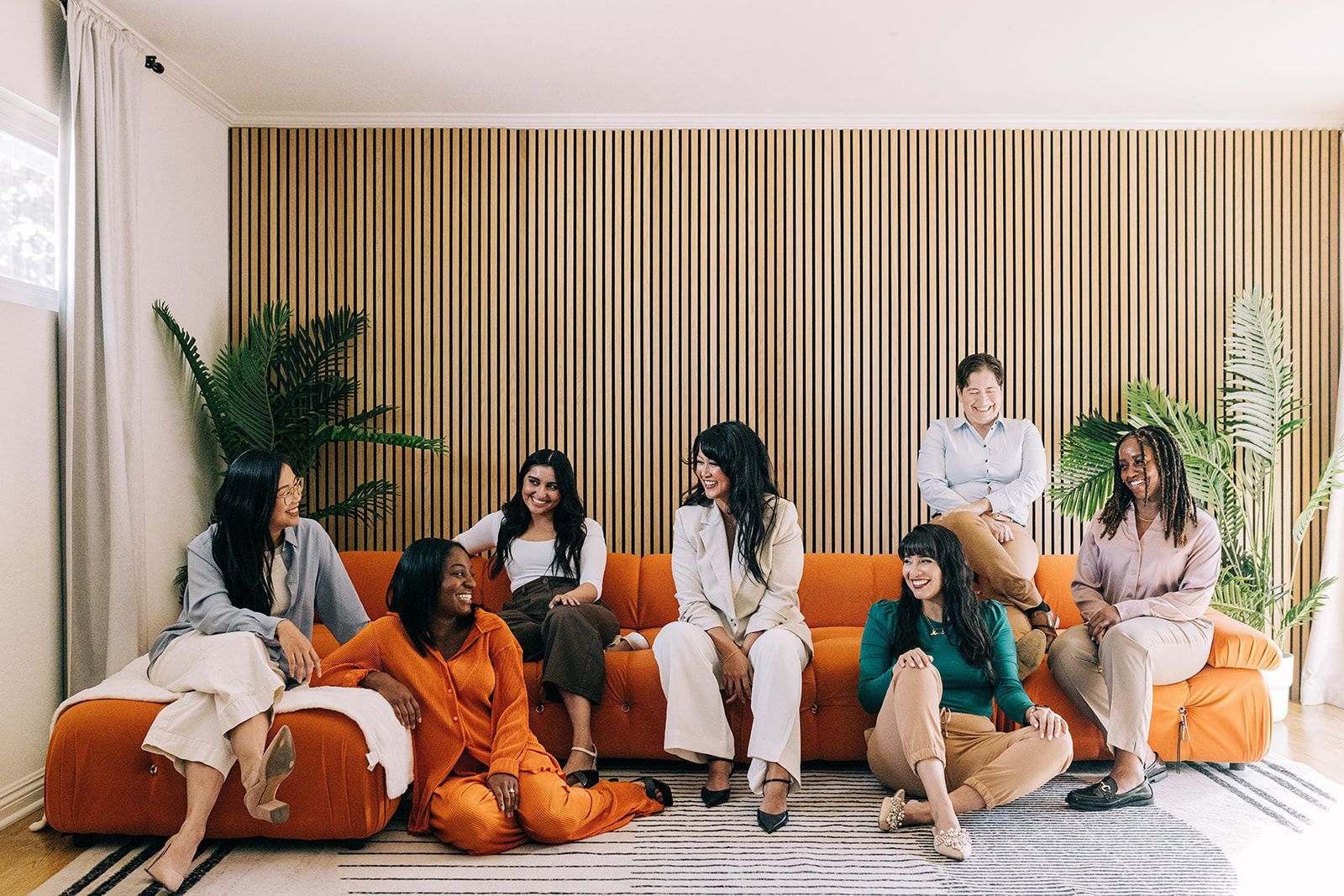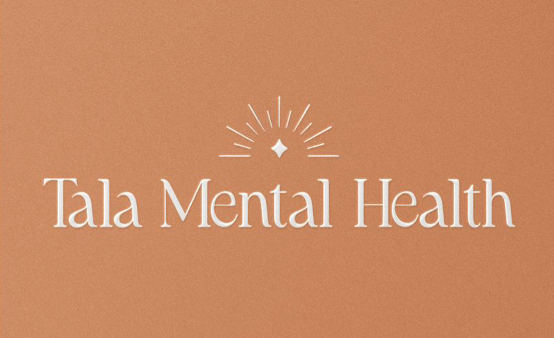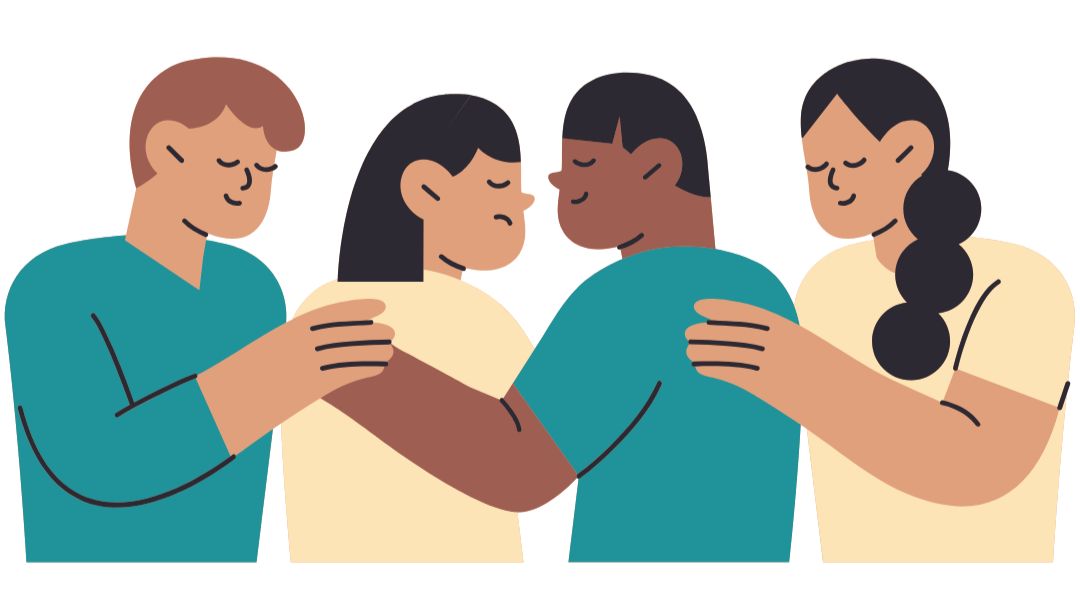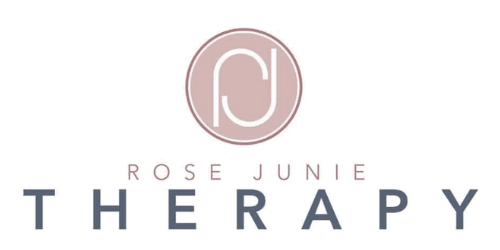Collective Grief During Community Tragedies
August
was a devastating month for many impacted by community tragedies like the Maui fires and Hurricane Hilary. News headlines tell stories of loss and destruction; also of mutual aid and disaster relief efforts.
When large groups of people recognize a loss, we may experience collective grief. Much like individual grief, we may feel helpless.
How do we process collective grief?
Healing, too, can be collective. We reach out to one another and avoid isolation. To mourn together is to feel connected and that in itself can be comforting.
Or create space for all of the feelings, explore and express grief in your own individual way. It doesn’t have to be shared nor public– journal, create art, or seek professional help.
Or perhaps we get involved or give back in some way. Participate in the rebuilding and help those who still need it.
There is no one right way to grieve. Whether you’ve been directly impacted or not, it’s with a heavy heart we witness so much pain and hope for so much more healing.
Creating a New Baseline
Are you drawn to the same patterns of people, environments, etc.? Do you repeatedly find yourself in a similar cycle of dynamics and conflicts?
When we’re used to a chaotic environment (like the one we grew up in) …or perhaps high-conflict relationships (like the one with our parents)… We may unknowingly start to seek something similar in adulthood.
Why? Because it’s familiar and therefore, safe. Our brains process newness as a threat.
We adapted to our surroundings growing up, and so the tools we have as adults are equipped for that same chaos. We developed a baseline, a new normal in order to survive.
So in adulthood, a peaceful environment or functioning relationship might instead make us feel uneasy and vulnerable.
This cycle ends when awareness begins. Reflect on your early relationships, environments and circumstances– What did I do to survive? What have I tolerated or ignored in order to maintain harmony/relationships/resources? What beliefs or messages have I internalized?
And then reflect on today, “zoom out” as you assess areas of your life and choices. Ask yourself: Is this actually helpful and healthy for me? Or is it just familiar?
Written by Elaine Raif

We are excited to announce that we are now accepting AETNA insurance. Start by contacting us for a consultation and we can help you understand your benefits.
Enjoyed this message?
feel free to share it by clicking below



